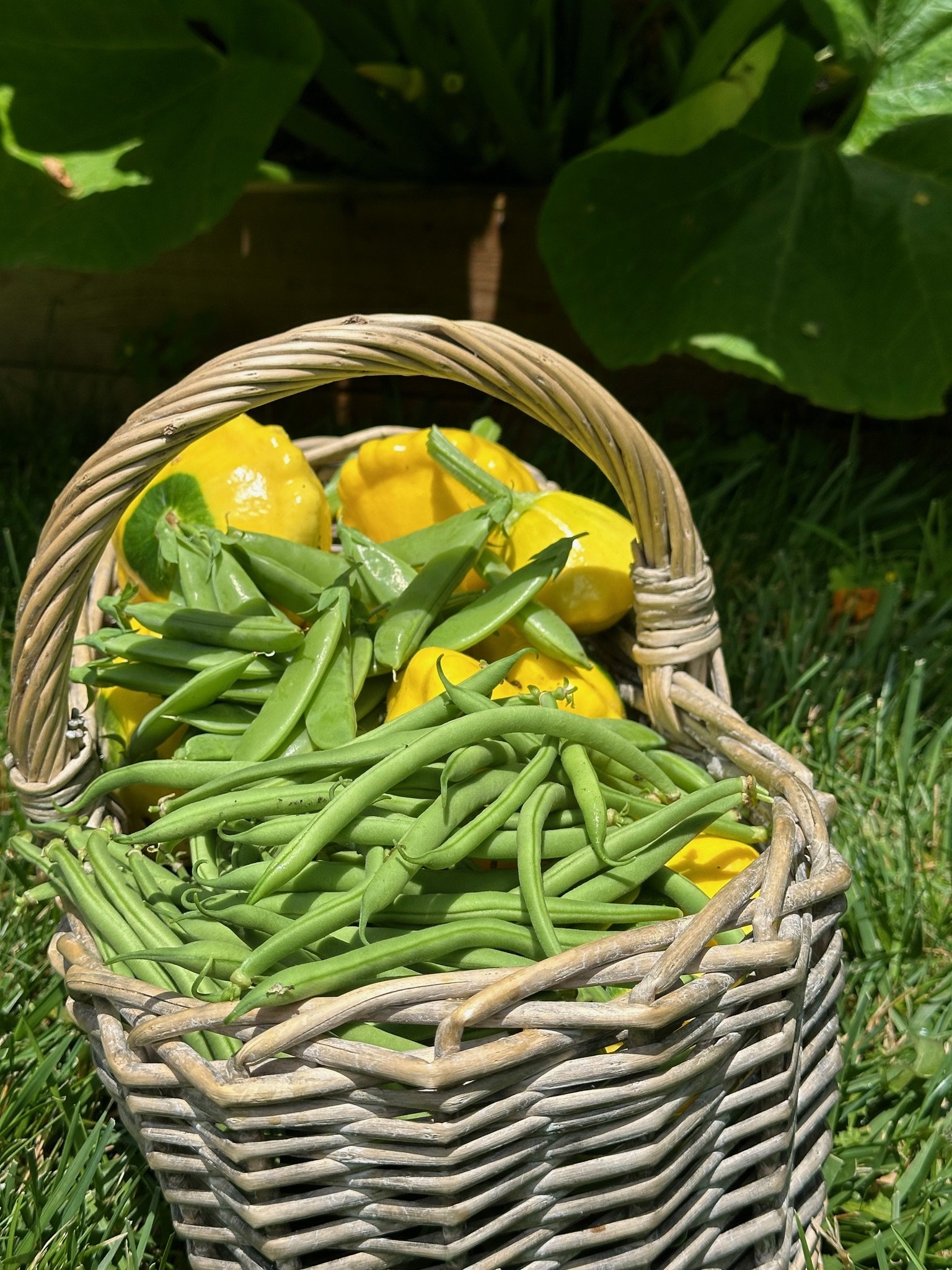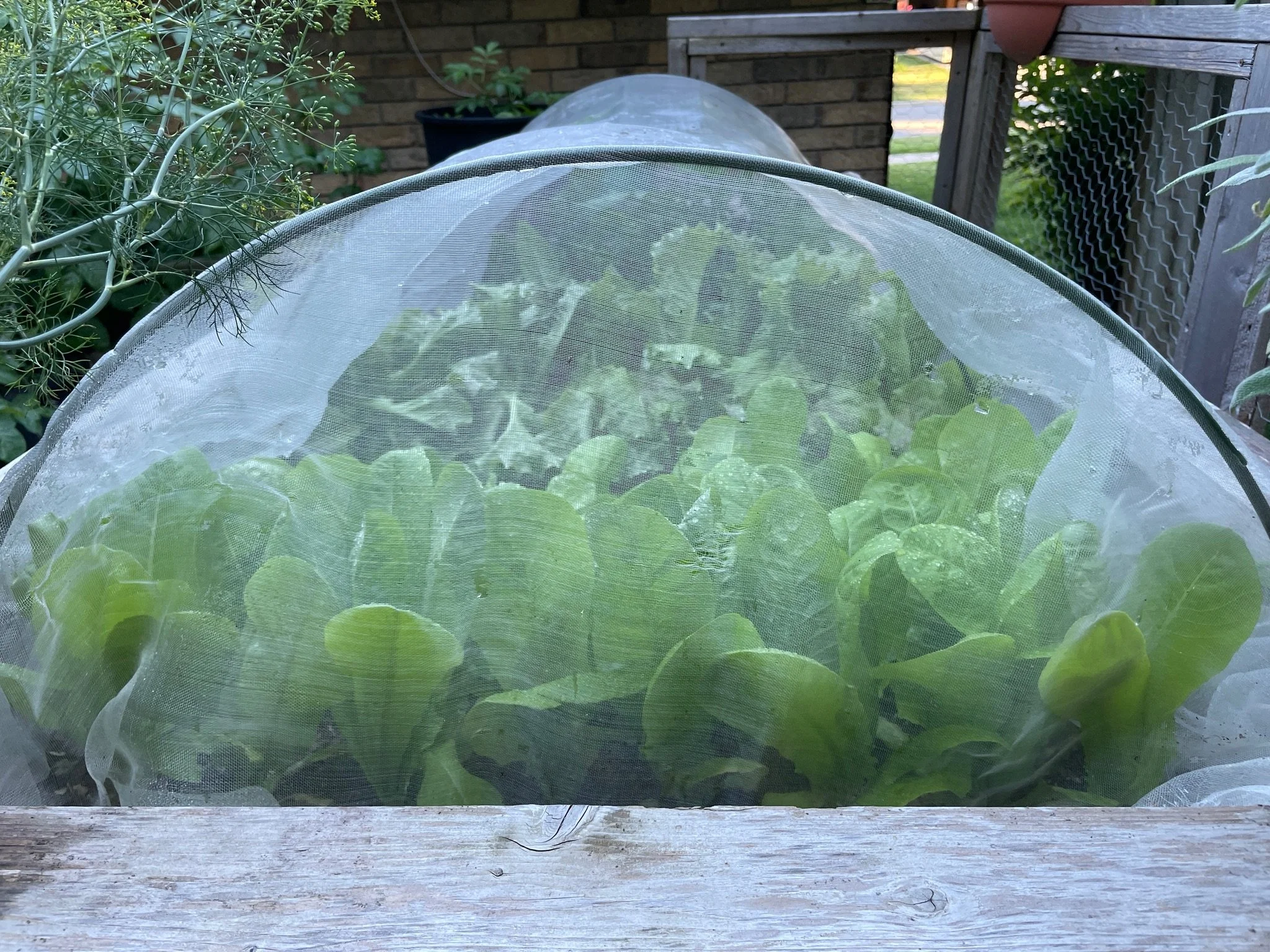
Vegetable Bed Rotation
Crop rotation is a cornerstone of organic gardening and offers numerous benefits for vegetable cultivation. Rotating crops every 3 to 4 years helps mitigate insect, disease, and weed problems, while enhancing soil fertility, preventing nutrient depletion, and reducing erosion. This age-old practice remains vital for sustainable farming.

Crop Rotation by Nutrient Needs
This gardening system is both user-friendly for beginners and highly effective for small to medium-sized gardens. It is based on the principle that different crops have unique nutrient needs, and these needs can be strategically managed through thoughtful crop rotation.

Crop Rotation by Plant Families
Rotating plants by family is a common and effective approach to crop rotation. While it works well, it can require meticulous tracking due to the diversity of plant families typically found in a vegetable garden.

Weeding and Mulching
What truly defines a "weed"? It's a curious question. Essentially, a weed is any plant growing in a place where it's not desired. Even the loveliest flowers can take on the label of "weed" if they appear in the wrong spot. The term itself doesn't inherently describe the plant's value, it’s all about perspective. Your garden is your canvas, and you decide what belongs.

Cover Cropping
Cover crops are plants that are grown in between growing the main crops. This is often at the end of the growing season to enhance the soil for next years crops. They offer many benefits such as preventing erosion, suppressing weeds, adding nutrients back into the soil, and improving water retention.

Pest Control and Prevention
Pests are almost unavoidable in outdoor gardening. After years of vegetable gardening, we have found some environmentally friendly alternatives to pesticides. From physical barriers to natural predators, there are solutions to your pest problems.
